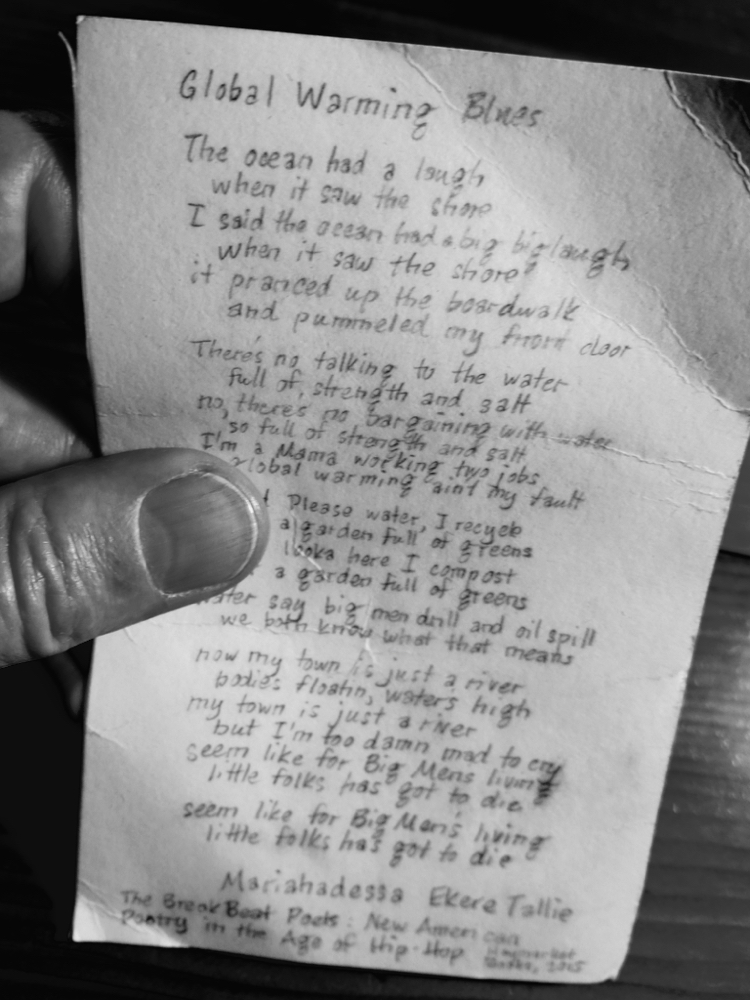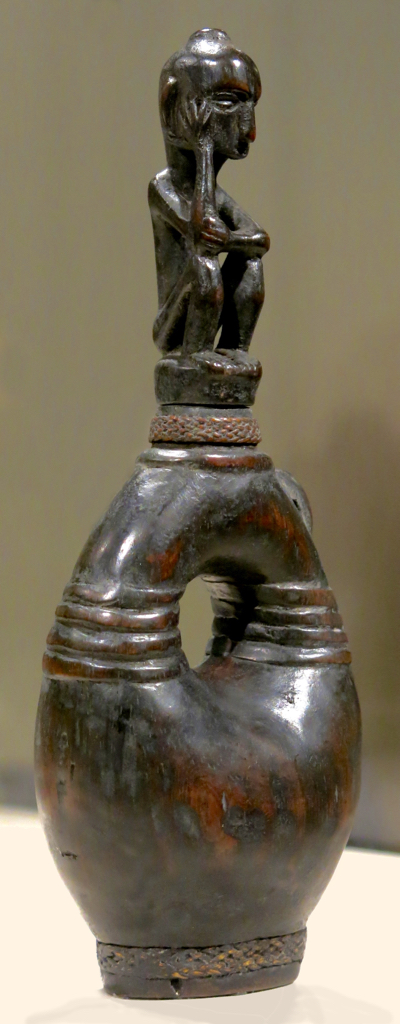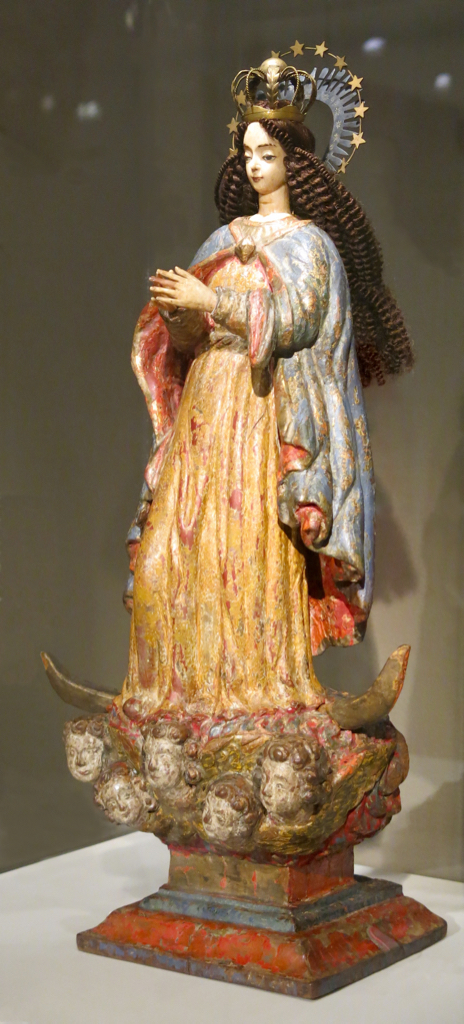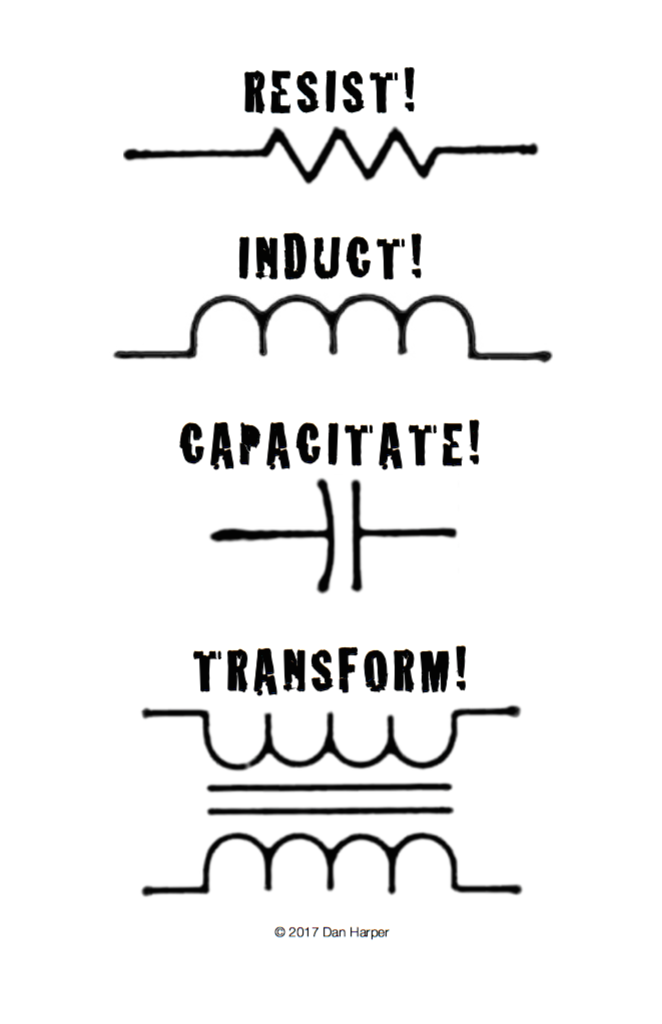You’ve probably seen the news about “deepfake porn,” in which the face of a porn actor can be replaced by the face of anyone for which you have a photoset. You can now download software to create deepfake porn, and you can run the software at home. As this technology becomes more widespread — very soon, in other words; in a matter of months or weeks — you’re going to see its use spread well beyond porn:
— Faked video is going to make the 2018 election cycle very interesting. You can pretty much visualize what the candidates are going to do to each other, to say nothing of their partisan followers. Next, start thinking about what Russia is going to do with this technology. You thought fake news dominated the 2016 elections? You ain’t seen nothing yet.
— People are going to be framed for crimes using faked videos from surveillance cameras. The cops and the courts will catch on before long, and soon video from surveillance cameras will lose evidentiary value. Someone will try to create secure video technology; someone else will hack it.
— Imagine what the Church of Scientology will try to do to its enemies; imagine what fundamentalist atheists will be tempted to do to denigrate religious figures; and surely faked video will spread throughout religion. It’s enough to make you want to convert to Old Order Amish and renounce technology.
You can spin out your own scenarios….






